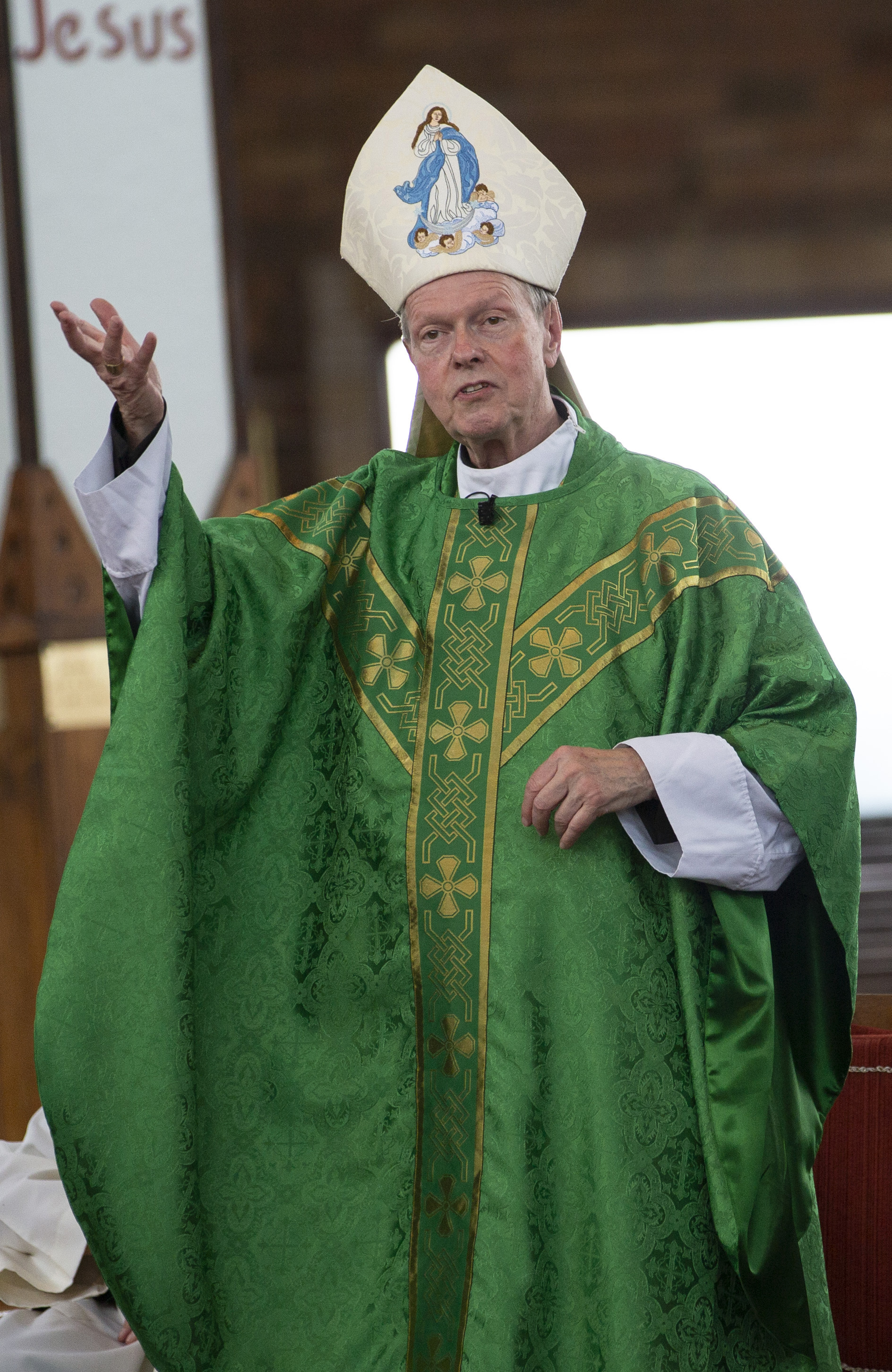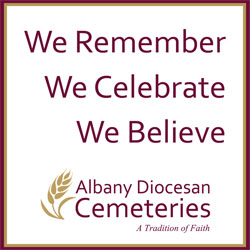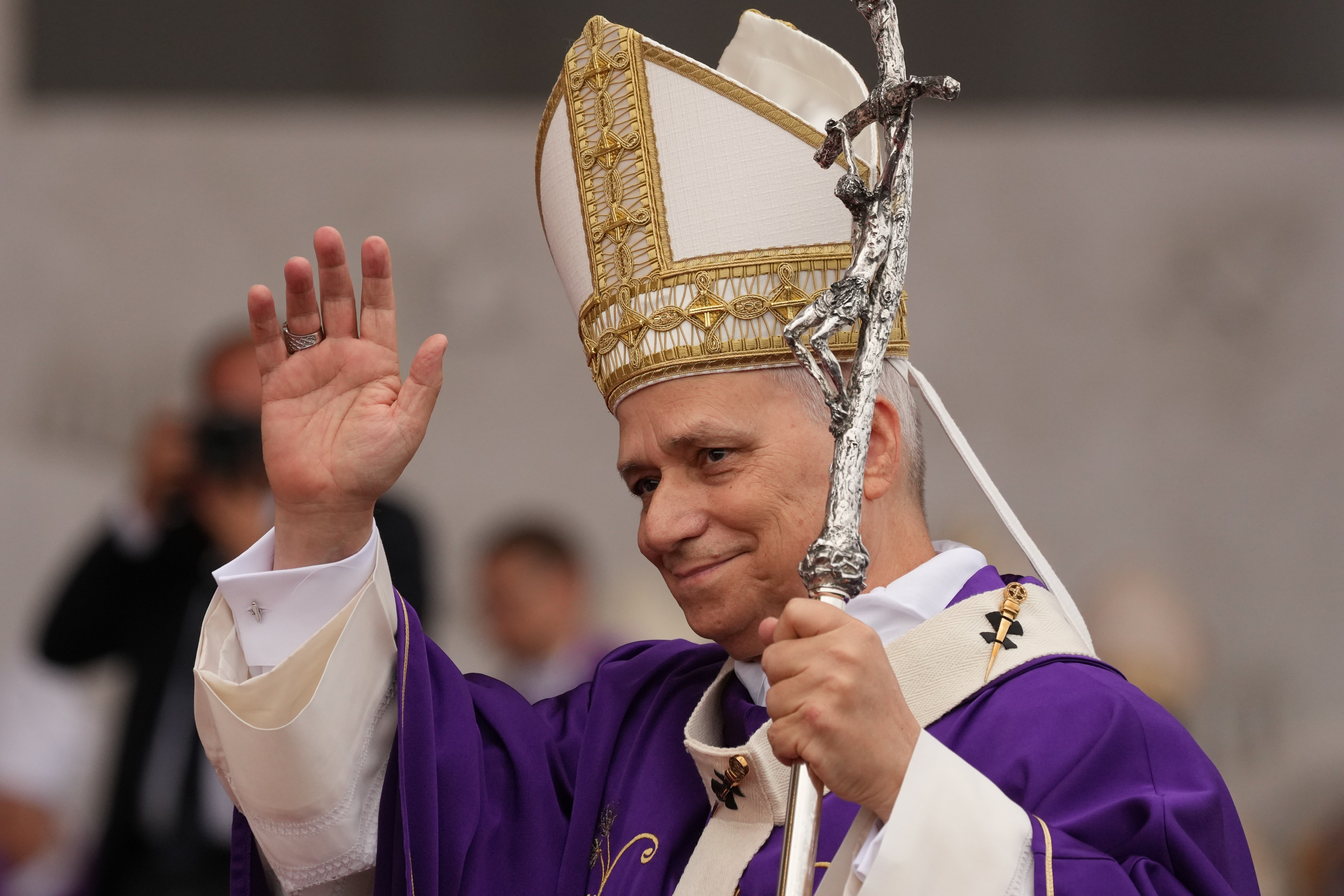April 6, 2018 at 1:53 p.m.
WORD OF FAITH
Shifting Gospel gears
Sunday is the point we shift our liturgical readings from Mark's Gospel to John's. Just as reach the spot where Mark is about to narrate his first bread miracle, we switch over to John's bread miracle. Though most people hardly notice the change, Scripture scholars cringe.
Adding to the confusion, this year the Johannine interruption will be interrupted. We celebrate the Feast of the Transfiguration next Sunday, so some of John's most important theological insights will be omitted.
The switch over reminds me of a strange Sunday night years ago in the minor seminary. We finished watching the first third of our weekly movie, took a break, came back for the second reel and discovered the company had sent the wrong reel -- one from a different movie! But we watched it anyway, took another break and returned for the end of the original movie.
Mixing Gospels
All four evangelists narrate a miraculous feeding, but each does so in a unique way. To ignore their differences is parallel to thinking "The Longest Day" and "Saving Private Ryan" are identical movies. Though they treat the same event, each is as different in its message as John's bread miracle is from Mark's.Evangelists insert miracles into their Gospels to show special dimensions of Jesus' personality and to demonstrate how that personality effects their readers' lives. Even when all four narrate the same miracle -- and this is the only miracle all four narrate -- each does so from a different perspective.
It's important to recognize that John uniquely puts his bread miracle into a Passover context. Those familiar with the fourth Gospel know John's Last Supper isn't a Passover meal; neither does he have Jesus institute the Eucharist during it. John puts the Passover on Good Friday and places the institution narrative in his miraculous feeding passage. Confusing? Only if we watch reels from the other three Gospels while we're watching John.
We must be careful not to regard this event simply as a major repetition of Elisha's bread miracle in the first reading (2 Kgs 4: 42-44), as if proving that anything Jewish prophets could do, Jesus, the Christian prophet, can do better.
Along with the other evangelists, John employs this miracle as a vehicle to teach his community about the Eucharist. But he carries his theology some steps beyond his predecessors. The disciples' role in John's narrative is diminished, while Jesus' part is increased. Jesus alone distributes the loaves to all 5,000 people, and the crowd focuses solely on Him when it's over, trying to "carry Him off to make Him king."
Context
As we'll see in future weeks, by divorcing the Eucharist from a Last Supper context, John can stress the importance of it being the place in which one encounters the "real" flesh and the "real" blood of Jesus. Unlike his Gospel predecessors, John doesn't emphasize the unity the Eucharist brings the community, the kind of unity which the second reading (Eph 4: 1-6) stresses. According to Paul, Jesus' followers should "bear with one another through love, striving to preserve the unity of the spirit through the bond of peace: one body and one Spirit."For John, the Eucharist primarily is the moment in which Jesus actually feeds His people today. According to the late Father Ray Brown, "John has launched Christianity on the road to a distinctive sacramental theology whereby visible elements are signs communicating divine realities." If you haven't noticed, most of us learned John's Eucharistic theology as children and never head of the other three.
Though we probably grew up believing in just "one theology," Sunday's switch over shows us that biblical theology is diverse, even when the sacred authors treat something as essential as the Eucharist.
(07-27-00) [[In-content Ad]]
- Trump touts his economic policies as polls show increasing concern
- NY bishops ‘extraordinarily troubled’ by Gov. Hochul’s decision to legalize assisted suicide
- California bishops celebrate ‘very powerful’ Mass in ICE facility for detainees
- Bishop: New Bible translation shows ‘God never changes, but always has something new for us’
- Tennessee faith leaders urge governor to stop all executions
- Amid ‘fragile’ ceasefire, Caritas Jerusalem seeks to ‘replant hope’ in Gaza this Christmas
- Full text: Pope Leo XIV’s Dec. 17, 2025 general audience
- Pope, Israeli president speak by phone about Sydney attack, peace in Gaza
- ‘Make more use of Newman,’ say British church experts
- Rather than chasing productivity, turn to God to resolve restlessness, pope says







Comments:
You must login to comment.